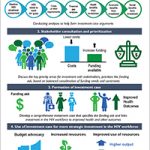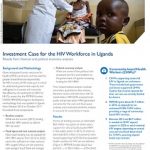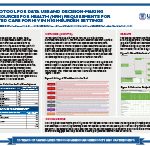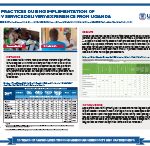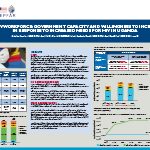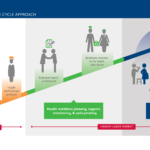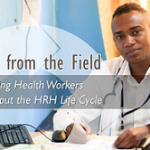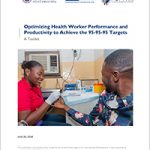31 Jul Generating Evidence for Investment in the HIV Workforce: Methodological Manual
As countries scale up access to HIV services, they will need to consider how to overcome human resources for health (HRH) constraints — including competing demands for health workers’ time — and to secure adequate, predictable funding for the HIV workforce. Ministries of health...






